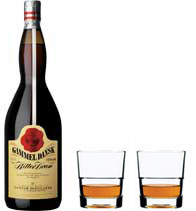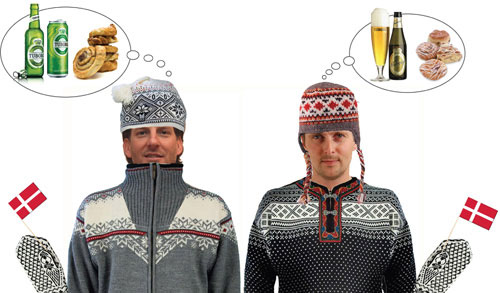
We get asked frequently about the beginnings of our design-build operation; how team BUILD came together while studying abroad in Denmark and the influence that the Scandinavians had on our work. The topic comes up so often, in fact, that we figured it might make for an interesting blog post. Or if nothing else, we’ll arm you with some good material from our alcohol saturated student days to blackmail us with later. But, we found the Danes to be an extraordinarily thoughtful and sophisticated bunch, and we fooled them into giving us passing grades somehow- so we’ve got that going for us.
PART 1: STUDIES
Queue the time machine and the wavy transitional screen effects. Its fall of 1993 and our respective schools (University of Kansas and Washington State University) have allowed us to study architecture through Denmark International Study (D.I.S.), an English speaking extension of the Royal Danish Academy. We were wide eyed and curious. For each of us, getting on a plane and going somewhere foreign was enough. Neither of us had any idea that Scandinavia could easily be considered the design capitol of the modern world.
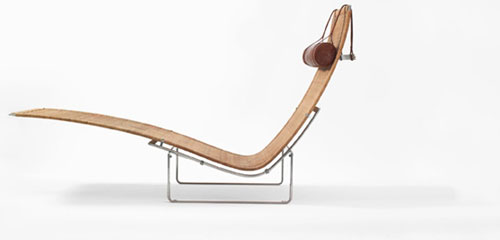
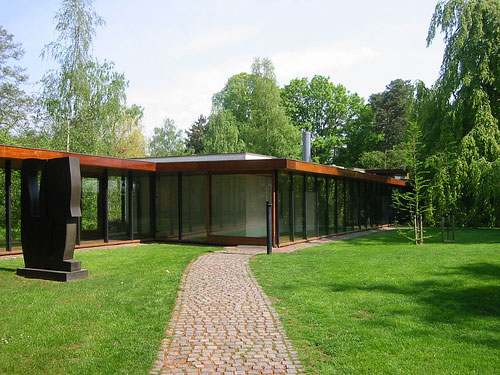
So the two partners in BUILD (Andrew and Kevin), designed a project together in the first week of D.I.S. and were roundly hung by our Danish jury for forcing our awkward Americana on a modestly scaled Danish public square nearby. So besides getting the ‘gift’ of a wake-up call and motivation to better ground ourselves in Scandinavian culture, we also became fast friends that would lead to becoming best friends and future business partners nearly a decade later.
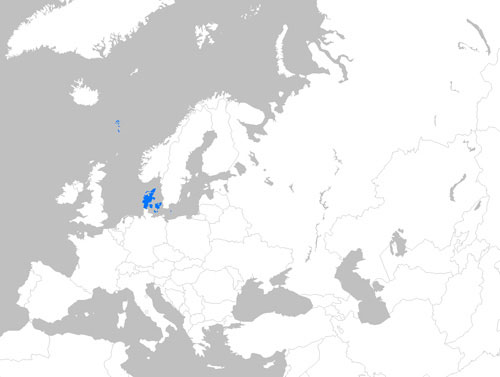
It’s peculiar how many American’s can’t point out Denmark on a map. Most people also still associate Scandinavia with funny sweaters, elaborate pastries and boxy cars; or folks simply roll the Netherlands and Denmark into one country by referring to both as “the Dutch”. Maybe this is due to the aforementioned geographical challenges or the brief but powerful 1970’s prominence of ABBA (Swedish, by the way, ironically) –hard to say really. But the modern day reality couldn’t be further from these perceptions. Put briefly –the Scandinavians are kicking America’s collective fanny when it comes to design, quality of life and overall happiness. Copenhagen even has the *best* restaurant in the world -and you thought it was all Swedish meatballs and potatoes over there. Scandinavia is so far ahead of America in terms of lifestyle that they don’t even bother bragging about it –they’re too busy enjoying their incredibly well designed furniture.

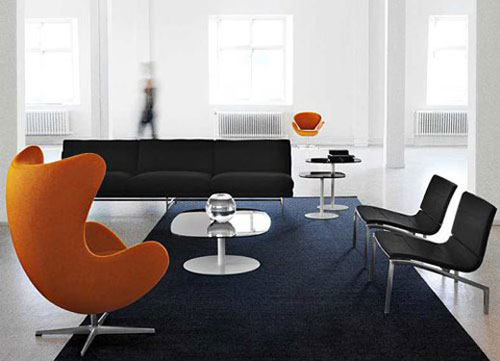
Study abroad, it’s important. We didn’t know what we didn’t know and the only way to learn it was to get out there and experience it. Studying abroad got us out of our comfortable known world and awakened us to the fact that there are other languages, beliefs and ways of being in the world. It’s one of the few times in life that Architecture students like ourselves could get scholarships and student financial aid to go travel the world. It’s also a rare time in life (for most of us) when it’s socially and hygienically acceptable to live out of a train for 3 weeks and wash your clothes in a sink the size of a coffee cup. Ah the memories of drying spare socks by hanging them out of the train window- good times!
PART 2: SCANDINAVIA
Everything seems deliberate in Scandinavia. We were amazed with the caliber and breadth of design in this part of the world; everything from a water glass to a high-rise is exceptionally well designed and executed.
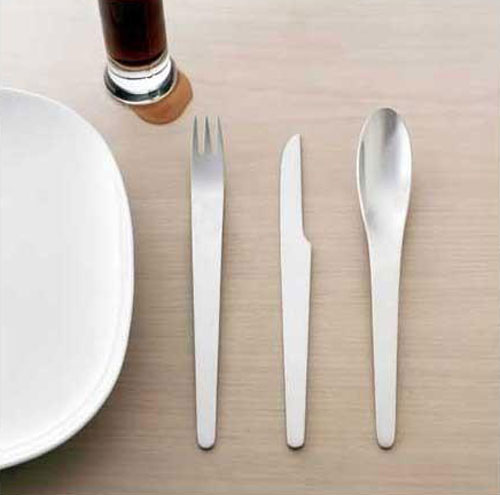

The more we studied the architecture and heritage of Denmark, the more brilliant their philosophy of design seemed. As a culture, they are wise enough to take care of and maintain their older buildings. At the same time, when they build something new, it’s designed with modern materials and methods. It is designed in and of our current time. They respect the traditional by not copying it or getting in the way of it. This philosophy allows for a wealth of useful buildings from different time periods and produces a rich layering of design in cities and towns. Brilliant, sensible and sustainable.
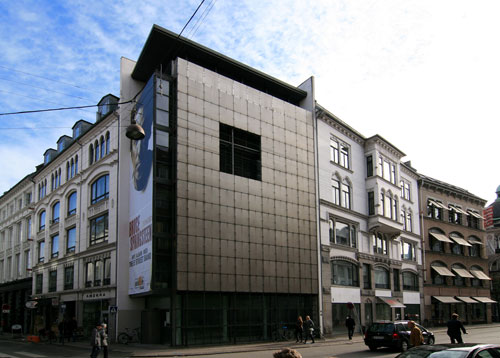



The Scandinavians have also mastered what we like to refer to as “warm modernism”. It’s a modern aesthetic that allows in the poetry and the life; modernism that you can throw a cozy dinner party in, modernism where it’s okay to leave a stack of books next to the stairway.
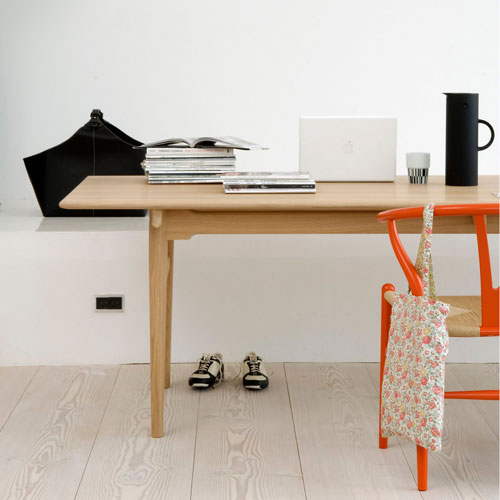
Every time we turned a corner in Copenhagen there was some wonderful building that we had never before seen; a building that had probably never been published and we had never before heard of the architect. There was such a modesty among the design community; it was enough just to design good buildings; they didn’t need awards, fame or publication.
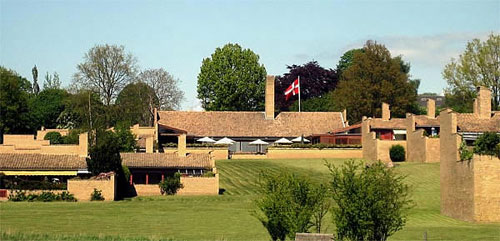
PART 3: SCHNAPPS
Perhaps the most important aspect of our time in Denmark was getting acquainted with Danish culture. Living with a Danish host family is both gratifying and humbling; the experience taught us volumes about generosity, kindness and having a healthy supply of alcohol on hand for whatever event that may arise- just like here in the Pacific NW, there are some dark damp days to get through and the Danes even have a wonderful solution for those.

The Danes are a people who believe that they have enough. They’re a society content with how things are, just as they are. They’re not worried about the stock market, they’re not working late every night to eventually make partner, they’re not gauging their personal success on what they drive. An ideal evening in Denmark involves having a few friends over for a modest dinner party and letting the night pass by with talking, laughing and enjoying one another’s company. They even have a word for these cozy evenings spent among close friends with good food and drink:
 Hyggelig (hoo-ga-lee): One of the fundamental aspects of Danish culture is “hygge”: spending a calm, comfortable time with good friends or loved ones, often while enjoying good food, snacks and something to drink. Christmas time, when loved ones sit close together with candles lit on a cold rainy night, is a true moment of “hygge”, as is grilling a pølse (Danish sausage) on a long summer evening. These examples, although they do not precisely define “hygge”, can give an English speaker an idea of a deeply valued traditional concept of Danish culture.
Hyggelig (hoo-ga-lee): One of the fundamental aspects of Danish culture is “hygge”: spending a calm, comfortable time with good friends or loved ones, often while enjoying good food, snacks and something to drink. Christmas time, when loved ones sit close together with candles lit on a cold rainy night, is a true moment of “hygge”, as is grilling a pølse (Danish sausage) on a long summer evening. These examples, although they do not precisely define “hygge”, can give an English speaker an idea of a deeply valued traditional concept of Danish culture.
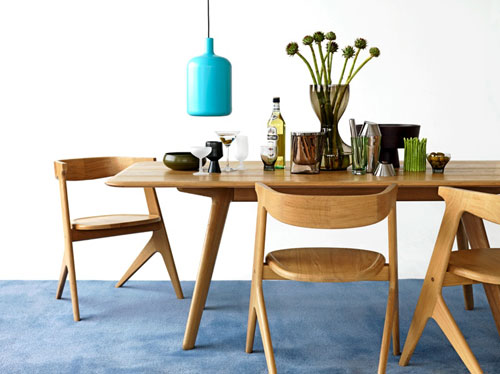

It’s not long after dinner is finished around a Danish table, that farfar (grandpa to the rest of us) heads down to the basement to pull out the homemade schnapps. The ritual of schnapps wraps it all up for us; this ancient, hand-made drink for the soul kept in the basement and brought out for small celebrations with good friends. It embodies the tradition, the beliefs and the happiness of an entire culture in one fell swoop. And, if you let farfar keep filling up your glass, you’ll also wake up with your head sewn to the carpet.


SUMMARY
Scandinavia worked for us, it made sense. The principles that the Danes operate with and the philosophy that they exude seem to make for an ideal environment- a deliberate environment. What we learned about life and design while living in Scandinavia influences every house we design and every dinner party we throw. It’s important to do sensible work, it’s good to be modest and success in life is really just creating some hyggelig. There isn’t anywhere to “get to” in this life, just a wonderful journey with all kinds of treasured, shared moments along the way. We’re working on the schnapps part, and it may just take some time –after all, there’s a reason that it’s farfar who retrieves it from the basement.
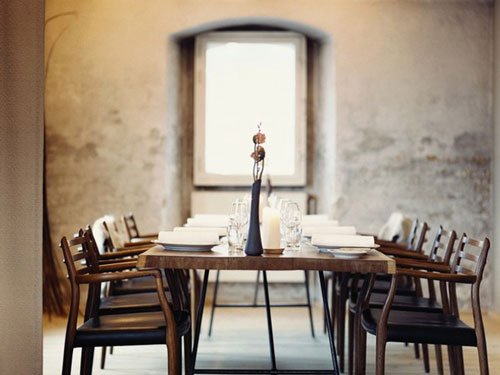
Skål from team BUILD
